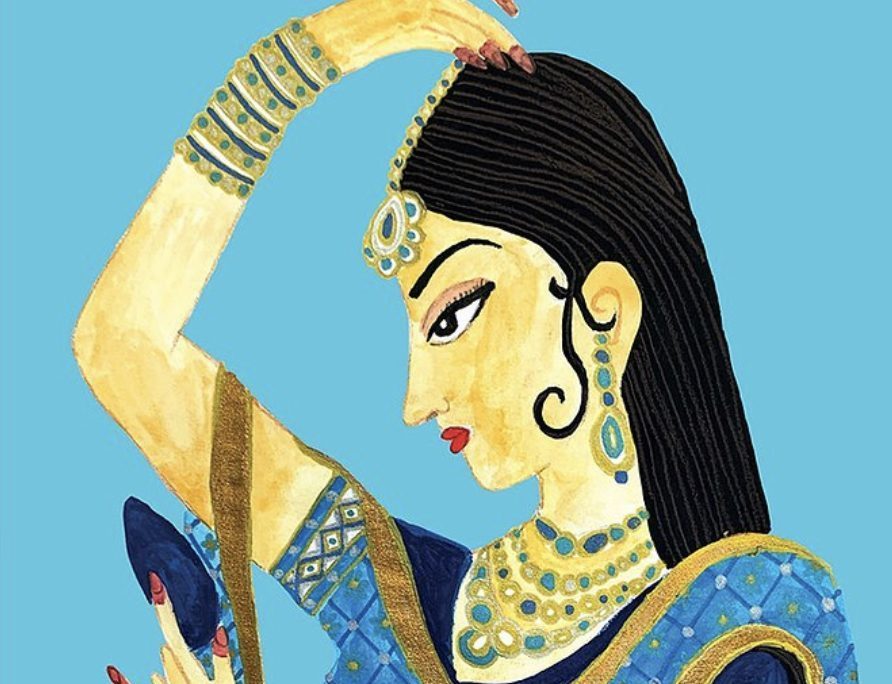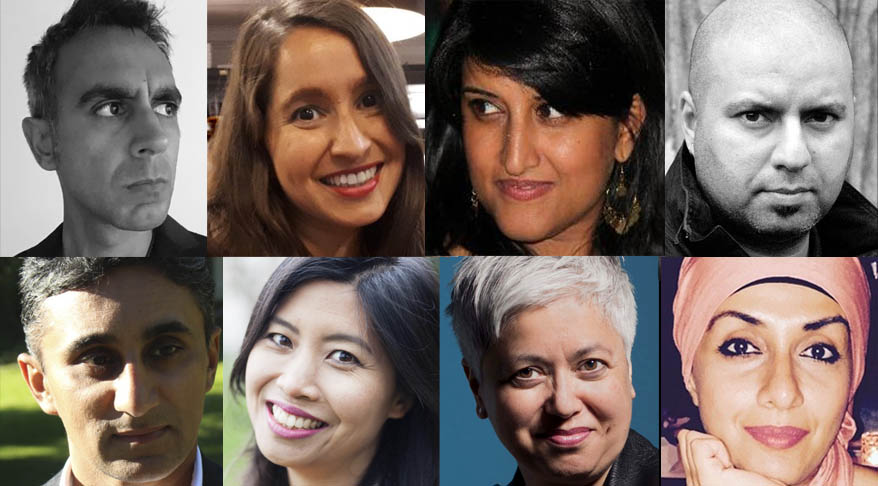Early on in my writing career I attempted to write a police procedural featuring a lead character that was British Asian. Scouring the shelves of bookshops, I thought I had discovered a gap in the market. What hadn’t occurred to me at the time was that the reason I saw no such characters on the commercial fiction aisles (as opposed to literary fiction, where diverse characters have always been more welcome) was because publishers were hesitant to deviate from what they believed was a winning formula. ‘If it ain’t broke, why fix it?’ has been the industry’s mantra for decades.
Fast forward fifteen years and the winds of diversity have finally hit the industry. A growing list of diverse genre fiction characters are flowing into bookshops and onto bestseller lists. But how do you create compelling characters that draw readers into this brave new world?
AUTHENTICITY
The first thing to consider is authenticity. What is it about your characters that make them ‘real’? Sadly, not everyone’s view of what is authentic is the same. The British Asian cop character I mentioned above was not, to publishers at the time, ‘authentic’ – there were too few fictional (or real life) detectives from such a background for them to feel confident that my character would appeal to the book buying public. Furthermore, I had anglicised many of that character’s attributes in a mistaken attempt to make him ‘fit’ – he was a hard-drinking, maverick divorcee, indistinguishable from white ‘mainstream’ detectives, aside from his name and the colour of his skin.
With the lead character of my current Baby Ganesh Detective Agency series, Inspector Chopra, I made sure not to make the same mistakes.
As a character, Chopra ticked many boxes for my publisher. He is a man of his environment, a fully-fleshed Indian who understands his country deeply, and is not afraid to examine its inequalities with a critical eye. As a detective he is determined, persistent, stoic, intelligent, and committed to justice even in the face of hostility – all pre-requisites for a criminal investigator. I present his cultural background front and centre. It helped that I lived in India for a decade and this gave me the footing to create a rounded and believable protagonist.
SUBVERTING EXPECTATIONS
A second key to creating great characters in genre fiction is subverting expectations. Characters need to ‘leap off the page’, and demand that you reassess your preconceptions. In Sofia Khan is Not Obliged, Ayisha Malik introduces a hijab-wearing Muslim single woman who confounds the expectations readers might have for such a character. Sofia Khan is irreverent, strong-willed, independent, insightful, and occasionally self-deprecating in a Bridget Jones sort of way. Another example is Jay Kasim, the creation of Khurram Rahman in East of Hounslow. The voice here is, again, sharp, acid, and irreverent. Qasim is a British Muslim with ‘attitude’. At one point, commenting on a holier-than-thou compatriot, he remarks: “So what if he decides to grow a beard and I decide to grow marijuana?” In one sentence, we are given an insight into an acerbic, self-involved world-view that, in the present media climate, is rarely associated with a British Muslim.
ETHNICITY AND CULTURAL BACKGROUND
Ethnicity and cultural background are, of course, central when writing such characters. But how much is too much? Genre fiction is about moving the story along, so one must avoid the trap of describing every ritual or cultural marker in excruciating forensic detail. In his Bradford-set Harry Virdee series, AA Dhand does not shy away from using Virdee’s background to bring something different to the mix. But he spices things up by giving Harry a mixed-race (Sikh-Muslim) marriage and depicting the (largely accurate) family fallout that ensues. His one concession has been to Anglicise Harry’s first name. This is no bad thing, in my opinion. Human nature is what it is. Most of us enjoy reading something new, but there is also comfort in that which is familiar. A book led by diverse characters can benefit by adopting a nuanced approach to such considerations.
The above are mere pointers. For most authors, creating successful characters – be they diverse or not – is a matter of skill, imagination, and a sense of what works for a particular story and that comes with experience and an understanding of the industry in which we operate. But the fact is that there has been no better time than the present to create these types of characters. I call it the ‘Black Panther’ effect. The public is voting with their wallets, and that, if nothing else, is convincing publishers to widen their nets in their search for the ‘next big thing’. The rate at which this change happens will be determined by factors such as the level of support brought to bear by a cosmos of influencers, and the volume and quality of genre fiction showcasing such protagonists being submitted to publishers. We all have a role to play: to encourage, to cajole, to educate, and to blaze a trail out on the ‘diversity frontier’. Good luck!
Vaseem Khan first saw an elephant lumbering down the middle of the road in 1997 when he arrived in India to work as a management consultant. It was the most unusual thing he had ever encountered and served as the inspiration behind his series of crime novels. He returned to the UK in 2006 and now works at University College London for the Department of Security and Crime Science where he is astonished on a daily basis by the way modern science is being employed to tackle crime. Elephants are third on his list of passions, first and second being great literature and cricket, not always in that order.


